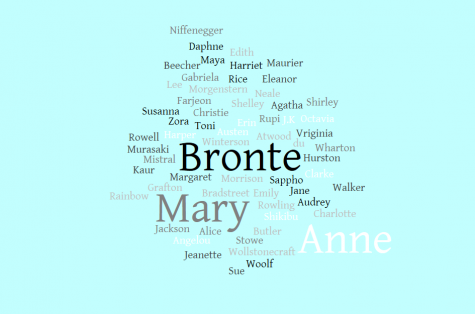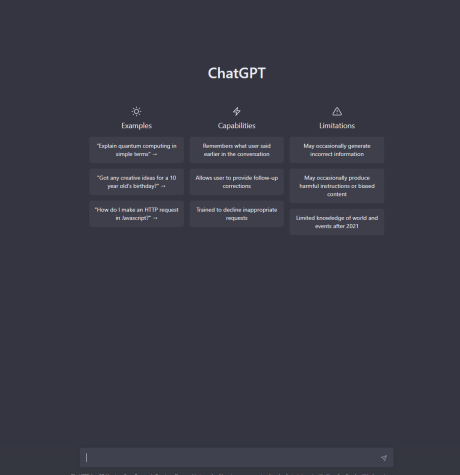Female writers in English curriculum
There’s no shortage of female writers, therefore we shouldn’t settle for a lack of representation in our English curriculum.
Fourteen women have won the Nobel Prize for literature. Over the past fifty years, the female writers community has experienced such growth that they now finally make up about fifty percent of all best selling authors each year. Yet, when chosen for our English curriculum, it always feels like the inclusion of female authors is an afterthought to fulfill a quota rather than value their work. A notable female author is thrown into the mix in the name of gender equality, while we settle for novels by some of the same male authors every year. Our English department should include a wider variety of female authors in the future.

We read three to four works of Shakespeare in our four years here. Two Steinbeck novels. English curriculum should focus on exposing students to the different styles and strengths of as many authors as possible. What growth in our knowledge and our writing can we gain by exposing ourselves to the same author again and again?
Jane Austen and the Bronte Sisters revolutionized literature by being among the first to direct their works primarily to a female audience, as well as by helping to usher in the era of 19th century realism. Duchess of 17th century England Margaret Cavendish is considered to be the first science fiction author. Zora Neale Hurston worked with Langston Hughes and established the genre of literary anthropology. We read Homer, but why not include Sappho as well?
The profound impact that women have made on the literary world cannot be denied. After all, half of the highest grossing authors of all time are women. Exposure to the styles of writing that made these women successful can help expand our knowledge of writing. It is also important to include diversity in the spectra of selected female authors in order to more accurately represent the female voice.
The inclusion of more female authors can also allow students to exhibit more empathy towards the female experience. By bringing readers into the point of view of a woman they are able to more fully understand the female narrative and its historical significance. In this way, inclusion of female authors may be able to break down some of the misogynistic walls that divide our student body.
In addition, a few of the books in the curriculum contain outdated misogynistic themes that should be balanced with progressive female perspectives. While the works of F. Scott Fitzgerald and John Steinbeck should not be completely excluded due to simply to their perverse inspections of the anatomy of their female characters or misogynistic themes, these aspects make their books uncomfortable to read and create a disconnect between female readers and the work. We should include novels with characters that women can relate to as well, novels that give women a sense of empowerment rather than a sense of objectification.
In no way is this address intended to criticize the work of the English department, which has an otherwise solid array of novels lined up with the intent of making us better students each year. Rather, this is an impassioned plea, on behalf of the women of this school who greatly appreciate the inclusion of more of our own.








